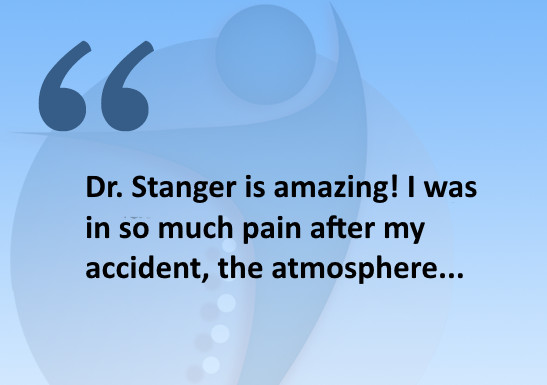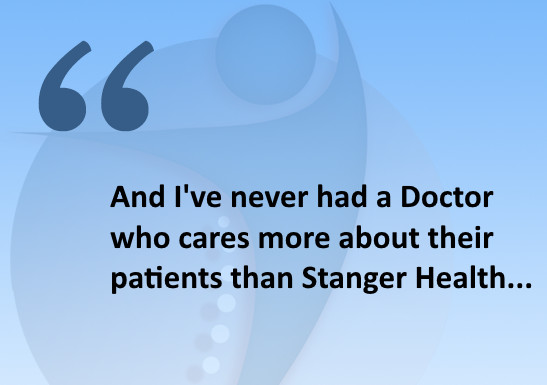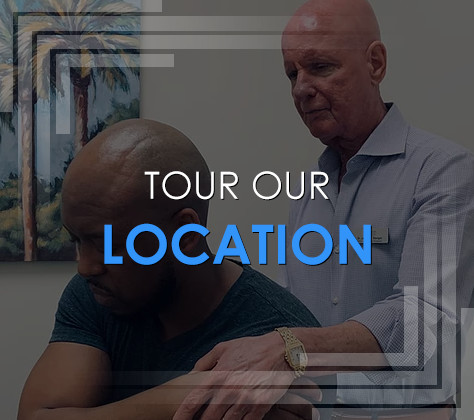
Assess and Document Your Injuries
Most victims involved in auto accidents underestimate the severity of their injuries. Knee, back, neck, and joint injuries which are common following auto accidents, may not be noticed initially. Symptoms may show up hours, days, or weeks later, and even then they might not seem significant. When symptoms do appear, they may be interpreted as being minor rather than severe and are often not documented. What seems like minor symptoms now may not go away, and can quickly escalate into significant medical expenses later.
It is most important for you to document thoroughly all bodily injuries sustained. Every personal injury detail counts, even the most minor pain such as a light headache may be important and should be addressed and chronicled.
Some chronic physical conditions caused by accidents have no symptoms until much later—for example, traumatic arthritis. An accident can also re-aggravate a medical condition considered healed that the accident victim suffered from in the past. To be reimbursed for your losses, including your pain, restricted activities, and/or physical limitations, many lawyers maintain that they must prove that an accident was the proximate cause of an injury—that the injury or aggravation would not exist, if not for the accident
Many lawyers report that assessing and documenting your injuries after a accident is the key to your physical and monetary recovery. Some personal injury attorneys state there are three aspects to maximizing your chances for a prompt physical recovery, and satisfactory monetary recovery.
- Select a treatment center that is competent to treat your injuries.
- Follow the treatment center’s doctor’s advice and suggested treatments.
- Ensure that your treatment center doctor properly documents your injuries and continued pain and suffering during your injury recovery.
Assessing and documenting your injuries will not only help your doctor to treat you more accurately, but may also help you maximize the settlement of a future insurance injury claim. With thorough and accurate medical records, you will have made the foundation for a sound presentation of your pain and suffering and the extent to which your bodily injuries interfere with your work, hobbies, and your general enjoyment of life.
Most victims involved in auto accidents underestimate the severity of their injuries. Knee, back, neck, and joint injuries which are common following auto accidents, may not be noticed initially. Symptoms may show up hours, days, or weeks later, and even then they might not seem significant. When symptoms do appear, they may be interpreted as being minor rather than severe and are often not documented. What seems like minor symptoms now may not go away, and can quickly escalate into significant medical expenses later.
It is most important for you to document thoroughly all bodily injuries sustained. Every personal injury detail counts, even the most minor pain such as a light headache may be important and should be addressed and chronicled.
Some chronic physical conditions caused by accidents have no symptoms until much later—for example, traumatic arthritis. An accident can also re-aggravate a medical condition considered healed that the accident victim suffered from in the past. To be reimbursed for your losses, including your pain, restricted activities, and/or physical limitations, many lawyers maintain that they must prove that an accident was the proximate cause of an injury—that the injury or aggravation would not exist, if not for the accident
Many lawyers report that assessing and documenting your injuries after a accident is the key to your physical and monetary recovery. Some personal injury attorneys state there are three aspects to maximizing your chances for a prompt physical recovery, and satisfactory monetary recovery.
- Select a treatment center that is competent to treat your injuries.
- Follow the treatment center’s doctor’s advice and suggested treatments.
- Ensure that your treatment center doctor properly documents your injuries and continued pain and suffering during your injury recovery.
Assessing and documenting your injuries will not only help your doctor to treat you more accurately, but may also help you maximize the settlement of a future insurance injury claim. With thorough and accurate medical records, you will have made the foundation for a sound presentation of your pain and suffering and the extent to which your bodily injuries interfere with your work, hobbies, and your general enjoyment of life.
Call Now For More Information About
Stanger Injury Centers
Get Your Free Consultation
Get Your Free Consultation
READ OUR PATIENT TESTIMONIALS
Auto Accident Victims Discover Personal Recovery Success
Auto Accident Victims Discover Personal Recovery Success






